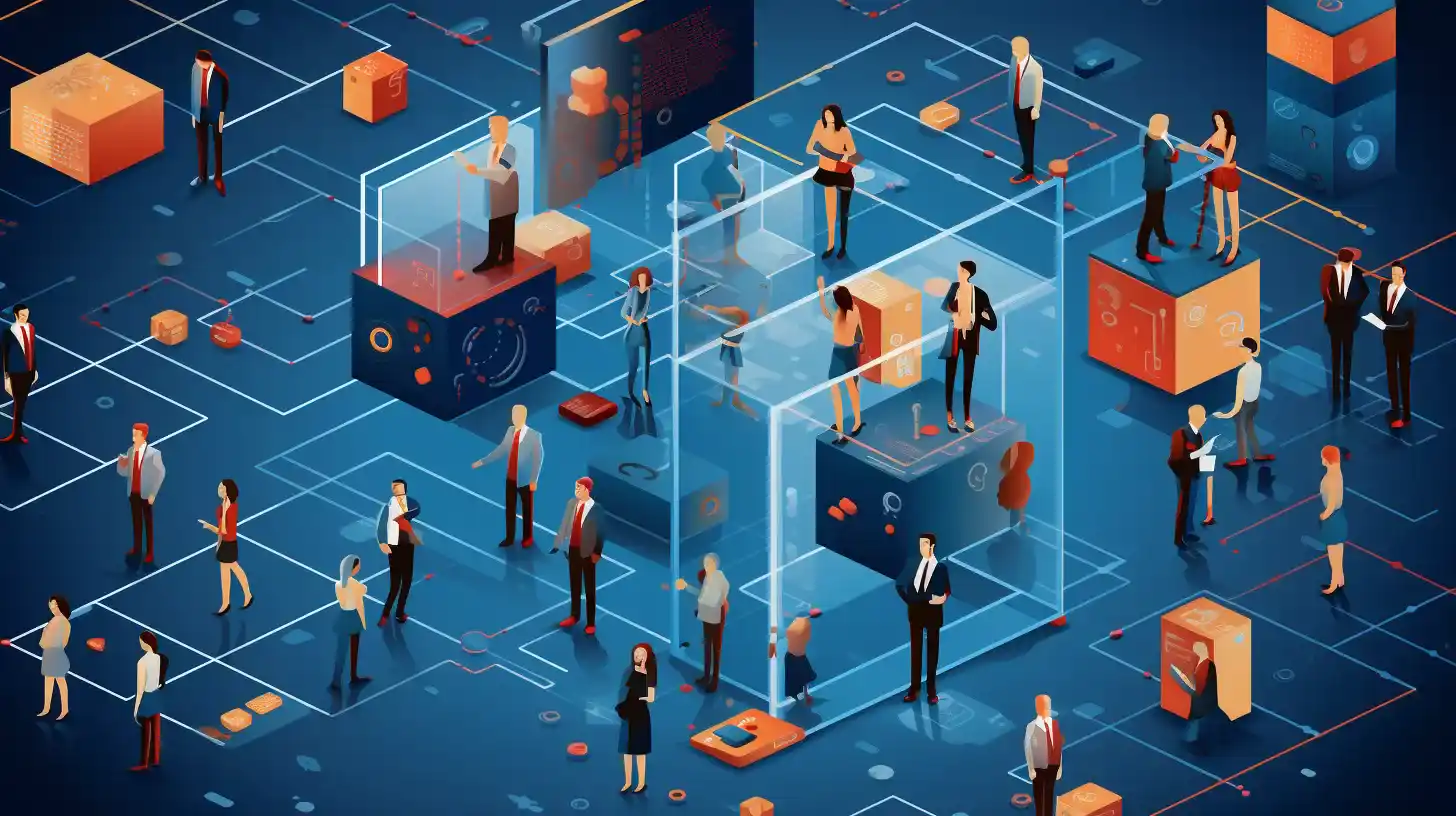Table of Contents
Introduction to MIT CSAIL Future Employment
In the ongoing dialogue surrounding the influence of artificial intelligence (AI) on the job market, a recent study from MIT CSAIL introduces a fresh perspective. While predictions about extensive job automation and economic upheaval abound, MIT CSAIL’s research seeks to address pivotal questions regarding the practicality and economic attractiveness of deploying AI technology to replace human workers.
Contrary to some alarming forecasts, the findings suggest that the anticipated AI disruption may unfold more gradually and with less dramatic impact than previously thought.
Analyzing the Economic Feasibility of AI Automation
Diverging from conventional “task-based” analyses, the study delves into the economic viability of automating specific roles using AI. Rather than focusing solely on AI’s task-execution capabilities, MIT CSAIL researchers explore the likelihood of businesses investing in and implementing AI technology to replace human labor. This nuanced approach aims to bridge the gap between theoretical AI capabilities and their practical implementation in the workforce.
A surprising revelation from the study is that many jobs initially considered at risk of AI displacement may not be “economically beneficial” to automate—at least not in the present context. Neil Thompson, a research scientist at MIT CSAIL and a co-author of the study, underscores that while AI holds significant potential for task automation, the research demonstrates that many tasks are not yet economically attractive for automation.
Limitations and Scope of the Study
It’s crucial to note that the study’s focus is specifically on jobs requiring visual analysis, such as inspecting products for quality at the end of a manufacturing line. The researchers deliberately avoid delving into the potential impact of text- and image-generating models, leaving that avenue for follow-up studies.
Acknowledging the study’s limitations, the team emphasizes that it does not consider cases where AI could complement rather than replace human labor or create entirely new tasks and jobs.

Evaluating the Cost-Benefit Analysis
To assess the economic viability of AI automation, the researchers conducted surveys to understand the tasks an AI system would need to accomplish to fully replace human jobs. They then modeled the cost of building an AI system capable of performing these tasks and gauged whether businesses would be willing to bear the upfront and operating expenses.
As an illustrative example, the study considers a baker spending 6% of their time checking food quality—a task potentially automatable by AI. While automating this task could save a bakery money, the study estimates that the cost of deploying and maintaining a rudimentary AI system for such a purpose would far outweigh the potential savings.
The Economic Reality of AI Automation
According to Thompson, only 23% of the wages paid to humans for performing vision tasks would be economically attractive to automate with AI. The study underscores that, even with rapid decreases in AI costs, it would take decades for computer vision tasks to become economically efficient for firms.
The study does consider self-hosted, self-service AI systems sold through vendors like OpenAI. However, even with a system costing as little as $1,000, there are still numerous jobs, particularly those low-wage and multitasking-dependent, that do not make economic sense for businesses to automate.
Addressing Criticisms and Acknowledging Complexity
The researchers of MIT CSAIL acknowledge the study’s limitations and potential criticisms. It does not account for scenarios where AI complements human labor or creates entirely new job categories. Additionally, it does not factor in potential cost savings from pre-trained models like GPT-4.
While the study’s backer, the MIT-IBM Watson AI Lab, may raise questions about potential biases, the researchers assert that their conclusions are not influenced by external pressures. They maintain that the study serves as a critical exploration into the economic realities of AI automation, urging a nuanced understanding of the complexities surrounding AI’s impact on the workforce.
Conclusion
MIT CSAIL research challenges prevailing notions of swift and widespread job displacement due to AI automation. By focusing on the economic feasibility and practicality of replacing human workers with AI technology, the study offers a more nuanced perspective on the pace and magnitude of the impending AI disruption.
As the discourse on AI and employment continues, this research calls for a balanced approach that considers not only the theoretical capabilities of AI but also the economic realities and complexities of its integration into the workforce.